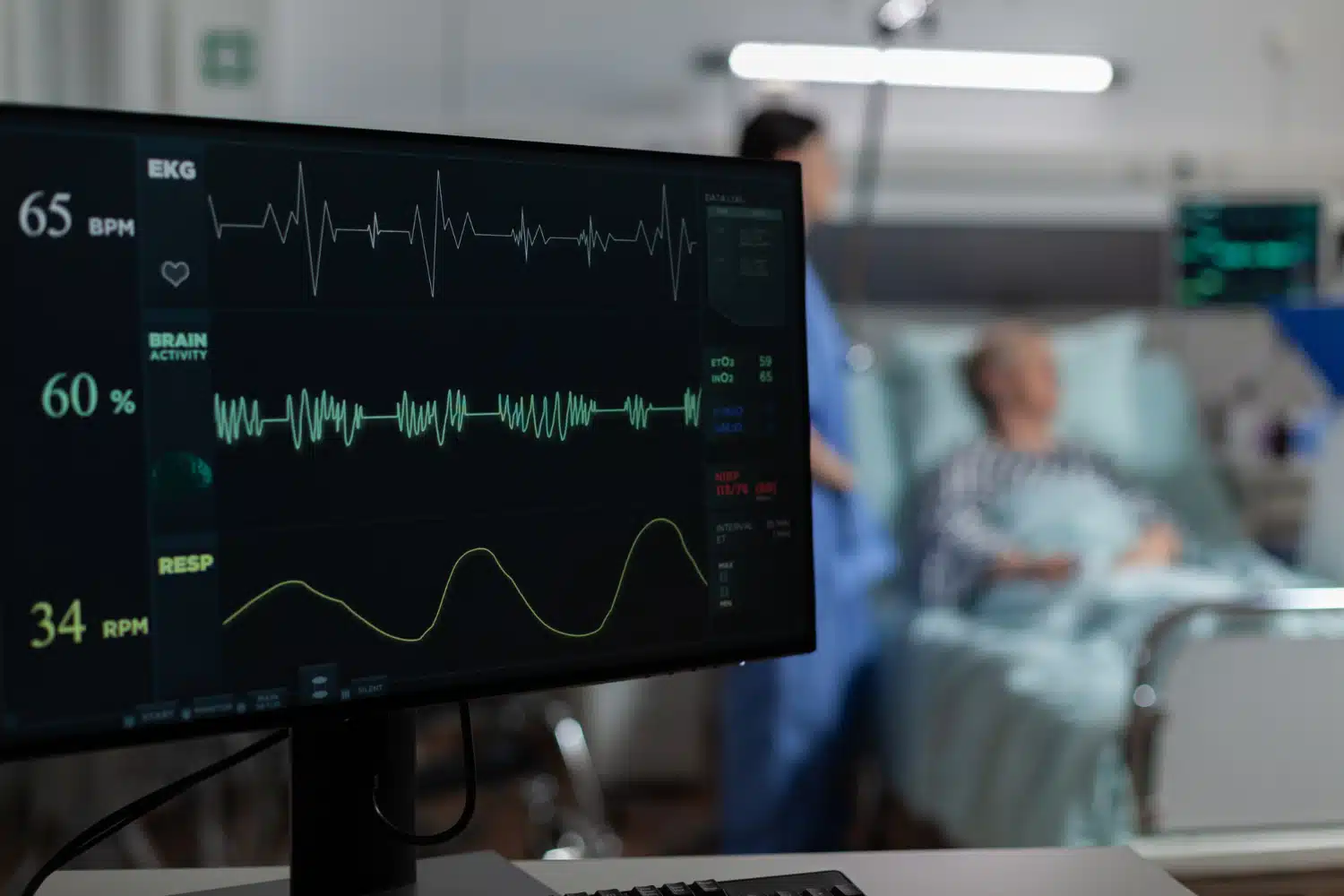How to Read an EKG: A Beginner’s Guide to Mastering Heart Rhythms

Decoding the heart’s signals doesn’t have to be intimidating. With this easy, step-by-step guide, you’ll learn to read EKGs like a pro — even if you’re just starting out!
Why Learning EKG Interpretation Matters
Electrocardiograms (EKGs or ECGs) are among the most essential tools in medicine.
They can reveal life-threatening problems in seconds — but only if you know how to read them. Whether you’re a medical student, nurse, paramedic, or physician, mastering EKG interpretation is a skill that can truly save lives.
The good news? Reading an EKG can be broken down into simple, logical steps. Let’s dive in.
Step 1: Understand the Basics of an EKG
Before jumping into interpretation, you need to know what you’re looking at.
An EKG is a graphic representation of the electrical activity of the heart over time. It shows:
- P wave: Atrial depolarization (atrial contraction)
- QRS complex: Ventricular depolarization (ventricle contraction)
- T wave: Ventricular repolarization (ventricle resetting)
Think of it like a movie of the heart’s electrical system — each little bump tells a story!
Step 2: Follow a Systematic Approach
Don’t just glance at the squiggly lines and guess. A consistent method saves you from missing critical findings.
The 7-Step EKG Interpretation Process:
- Rate — Is the heart beating too fast, too slow, or just right?
- Rhythm — Is the beat regular or irregular?
- P Waves — Are P waves present and normal?
- PR Interval — Is the communication between atria and ventricles normal?
- QRS Complex — Are the ventricles contracting properly?
- ST Segment — Is there evidence of ischemia or infarction?
- T Waves — Are the ventricles recovering normally?
Pro Tip: Always approach the EKG like a detective — look for clues at every step.
Step 3: Calculate the Heart Rate
Quick ways to estimate heart rate:
- 300 Method: Find an R wave that falls on a bold line. Count how many bold lines until the next R wave. Divide 300 by that number.
- 6-Second Method: Count the number of R waves in a 6-second strip and multiply by 10.
✔️ Normal rate: 60–100 beats per minute
✔️ Tachycardia: Over 100 bpm
✔️ Bradycardia: Under 60 bpm
Step 4: Check the Rhythm
- Regular Rhythm: R waves are evenly spaced.
- Irregular Rhythm: R waves are unevenly spaced (e.g., atrial fibrillation).
Use a paper strip and mark the R-R intervals if needed — don’t guess!
Step 5: Analyze the P Waves
- Are they present?
- Do they look normal (smooth and upright)?
- Is there one P wave for every QRS complex?
No P waves? You could be dealing with atrial fibrillation.
Step 6: Measure the PR Interval
- Normal PR interval: 0.12–0.20 seconds (3–5 small boxes).
If it’s too long, think first-degree heart block.
If it’s too short, think pre-excitation syndromes like Wolff-Parkinson-White (WPW).
Step 7: Evaluate the QRS Complex
- Normal QRS width: < 0.12 seconds (less than 3 small boxes).
- A wide QRS suggests delayed ventricular conduction, like bundle branch block or ventricular rhythms.
Tall QRS? Could indicate hypertrophy.
Bizarre QRS? Think ventricular arrhythmias.
Step 8: Inspect the ST Segment and T Waves
- ST Elevation: Possible myocardial infarction (heart attack). 🚨
- ST Depression: Ischemia (reduced blood flow).
- T Wave Inversion: May suggest ischemia or other pathology.
Bonus Tip: Trust the Clinical Picture
An EKG never exists in isolation. Always combine what you see on the EKG with the patient’s symptoms and clinical signs.
Final Thoughts: You Can Master EKGs
Reading EKGs is like learning a new language — at first, it’s unfamiliar, but with practice, you’ll begin to “hear” the heart’s story clearly.
Stay systematic. Stay curious. Practice often.
Soon, you’ll look at an EKG and instantly spot life-saving clues others might miss.Quick Summary: 7 Steps to Read an EKG
| Step | What to Check |
|---|---|
| 1 | Rate |
| 2 | Rhythm |
| 3 | P Waves |
| 4 | PR Interval |
| 5 | QRS Complex |
| 6 | ST Segment |
| 7 | T Waves |
